Olympus E-P1 review and tests
The Micro Four Thirds is a new standard of cameras with a 17.3x13mm sensor (2x magnification in comparison with 35mm) and without mirror: thanks to this design, the MFT cameras can be lighter and smaller, and they offer several advantages in comparison with reflex cameras. They can use electronic viewfinder - a technology that in future will surpass the optical viewfinder, thanks to its capability of real-time preview of exposure and depth of field; they don't need mirror lock up; and the sensor is more easy to clean.
The Olympus E-P1 (now replaced by the almost identical EP-2, that has an optional electronic viewfinder) has an unusual "retro style" and it offers truly compact dimensions. I have used it for a couple of weeks during my trip to France, alongside with my Canon cameras, and in this article I have reported my experience.
Quick specifications comparison (E-P1 vs 500D and 14-42 vs 18-55)
����| � | � �Olympus E-P1 | � �Canon 500D |
�
| �Sensor size | � �Four Thirds (2.0x) | � �APS-C (1.6x) |
�
| �Megapixels | � �12 megapixels | � �15 megapixels |
�
| �ISO sensitivities | � �100 - 6400 | � �100 - 12800 |
�
| �ISO performance | � �usable up to ISO 1600/almost 3200 | � �usable up to ISO 3200 |
�
| �Continuous shooting | � �3 FPS x 10 RAW | � �3.5 FPS x 10 RAW |
�
| �LCD screen | � �3", 320x240 px | � �3", 640x480 px |
�
| �Live view | � �Yes | � �Yes |
�
| �Silent shooting (MLU replacement) | � �no (but it is not needed) | � �no |
�
| �Video | � �Yes, 1280x720px at 30 FPS | � �Yes, 1280x720px at 30 FPS |
�
| �Dimensions | � �121 x 70 x 36 mm | � �129 x 98 x 62 mm |
�
| �Battery charge in % | � �no | � �no |
�
| �Weight | � �0.40 kg | � �0.52 kg |
�
| �Price | � � $ 650 with kit lens | � �$ 750 with kit lens |
�
| �Announced | � �2009 | � �2009� |
�
����| � | � �Olympus M.Zuiko 14-42 f/3.5-5.6 | � �Canon EF-S 18-55 IS f/3.5-5.6 |
�
| �Focal length | � �14-42 mm (equivalent to 28-84mm on FF) | � �18-55 mm (equivalent to 29-90mm on FF) |
�
| �Macro ratio | � �0.24x (1:4, equivalent to 1:2 on FF) | � �0.24x (1:4.1) |
�
| �Max Aperture | � �f/3.5-5.6 | � �f/3.5-5.6 |
�
| �Stabilization | � �Yes (in camera) | � �Yes |
�
| �Autofocus | � �Lens Motor | � �Lens Motor |
�
| �Closest Focus | � �0.25 meters | � �0.25 meters |
�
| �Dimensions | � �43 mm (lenght) x 62 mm (width) | � �84 mm (lenght) x 68 mm (width) |
�
| �Weight | � �150 g | � �200 g |
�
| �Weather sealing | � �No | � �No |
�
| �Price | � �$ 100 (?) | � �$ 200 |
�
| �Announced | � �2009 | � �2008� |
�
In terms of features, the E-P1 can be compared with a good entry level camera as the Canon 500D: is has about the same resolution and noise performance, it has the same video capabilities, similar continuous shooting and similar price. On the other hand, there are some substantial differences: the EP-1 is way smaller, and it has no viewfinder at all! You use the LCD screen to frame the photos, as the 500D in live view mode.
If you are used to compact cameras, framing with the LCD is the standard, while if you come from DSLRs it may take a bit of time to get used. In some situations it is a great plus, because it allows to frame the scene from difficult angles, but in some situations it is not the best: in strong light, I found a bit difficult to use the E-P1 LCD. The screen quality is not the best, too, it has much lower resolution than the LCD of modern SLRs. Olympus has fixed the biggest issue -lack of viewfinder- in the E-P2, announced just six months after the E-P1. The E-P2 is almost identical to the E-P1, but it has an optional electronic viewfinder: this is a great plus, because you can use the viewfinder when you need it, and the LCD when it is more comfortable, exactly as you can do with the 500D.
The E-P1 uses contrast detection AF, while the majority of DSLR have phase detection. The AF of the E-P1 is not as fast as the AF of 500D or D90 in phase detection mode, but it is way better than the AF of these DSLRs when used in live view (that uses contrast detection as the MFT cameras). Overall, for moving subject it is not great, but for static or slow moving subjects it is more than enough. It is possible to use manual focus, too, using a ring on the lens, exactly as you would do with a SLR.
The user interface of the E-P1 is good, after few days I was able to use it without any problem. The buttons are intuitive and overall it feels quite responsive; the continuous shooting of 3 FPS is in line with the other cameras in its price class. The lack of mirror makes mirror lock up no longer necessary; a small but welcome improvement. It has all the features you may want: P,S,A,M exposure modes, HD (1280x720 at 30FPS) video, of course live view, a wide range of ISO sensitivities, RAW and a lot of customization possibilities.
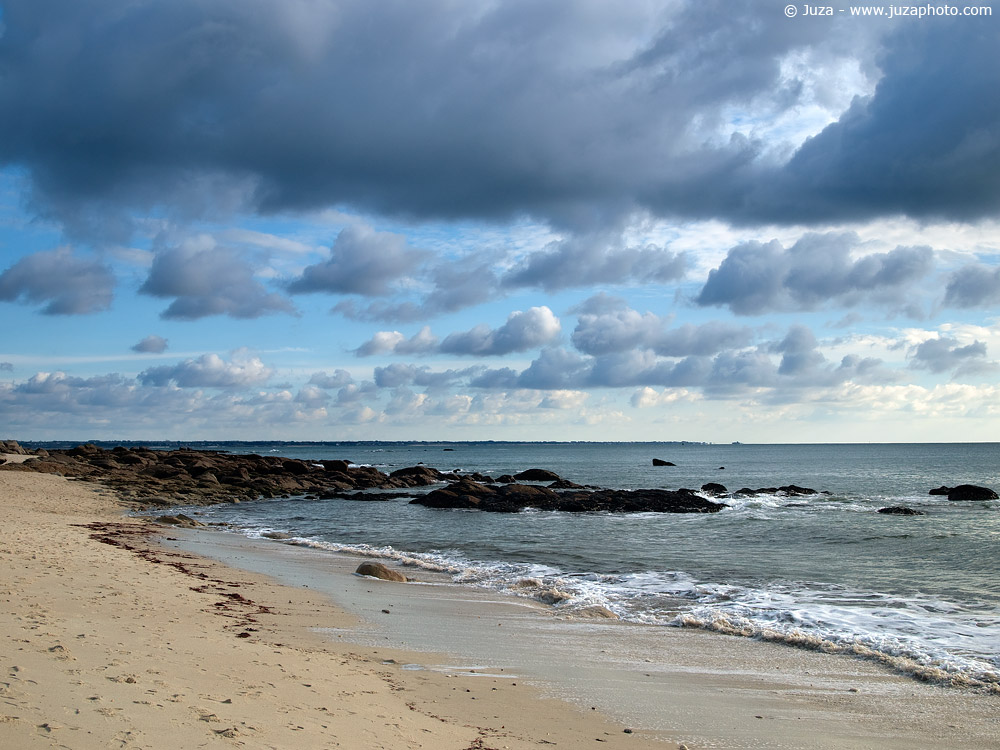
Photo taken with Olympus E-P1, Olympus M.Zuiko 14-42 f/3.5-5.6, 1/400 f/7.1, ISO 100, handheld. Click here to download full resolution!!
The built quality is excellent - it is made in metal and it feels really solid; the downside is that it is quite heavy for such a small camera. Of course, one of the key features of the E-P1 is its small size: the little Olympus gives the same image quality of a DSLR, while being just a little bigger than a compact camera. It is much easier to carry around than a DSLR, even though it is not truly "pocket friendly" due to its weight. A big advantage in comparison with a compact cameras is that it has interchangeable lenses: you can use all Micro 4/3 lenses, plus the "standard 4/3" lenses thanks to an adapter. Thanks to the in-camera stabilization, every lens you use is stabilized, a great help for handheld shooting. Battery life is good, and with a 32 GB SDHC (the maximum size supported) you can store more than two thousand RAW files, that is enough even for long trips.
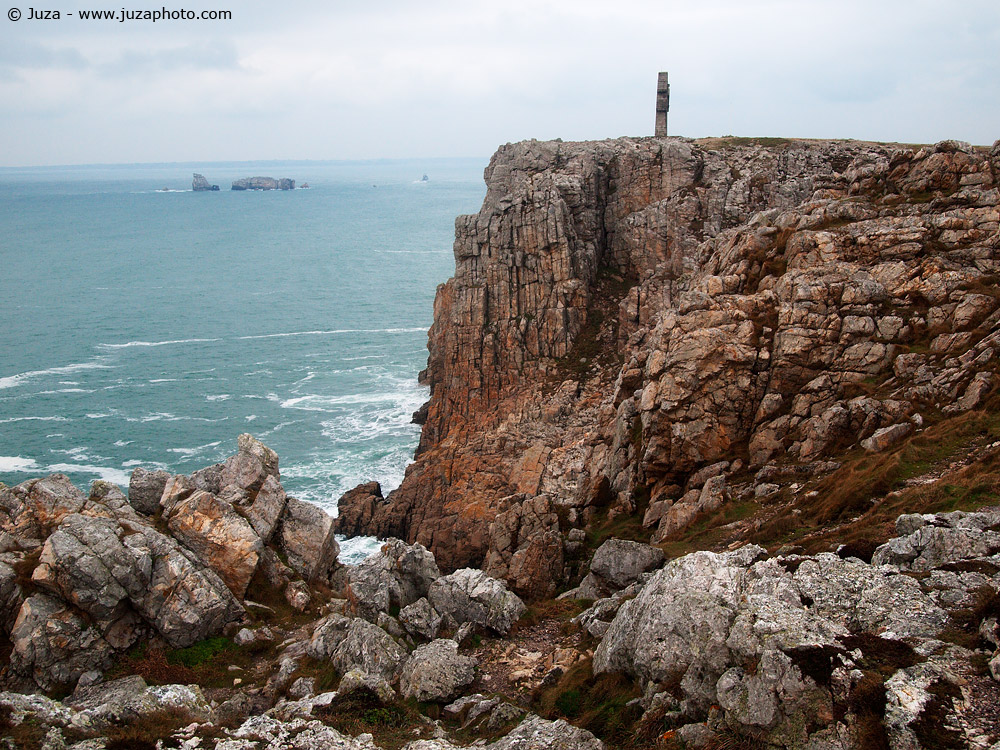
Photo taken with Olympus E-P1, Olympus M.Zuiko 14-42 f/3.5-5.6, 1/60 f/5.6, ISO 400, handheld. Click here to download full resolution!
Image quality: noise, comparison with Canon 7D
I have done a quick noise comparison between the E-P1 and my Canon 7D. The 7D is not a direct competitor of the EP-1 - it is way more expensive and it is targeted to a different group of photographers. That said, the 7D is currently the "state of art" between APS-C cameras, so it is interesting to see how the E-P1 compares. The following images are unprocessed 100% crops.
����| � | � �Olympus E-P1 | � �Canon 7D |
�
| �100 | � �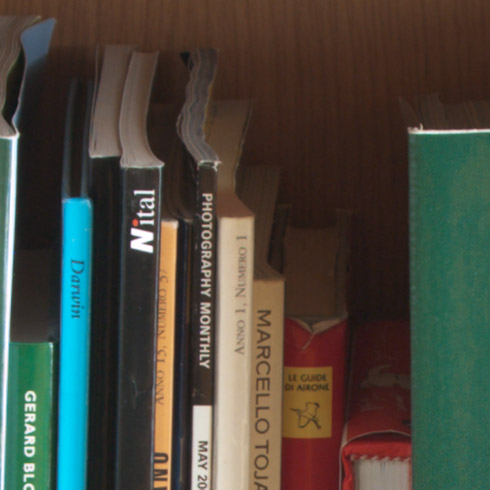 | � � |
�
| �400 | � �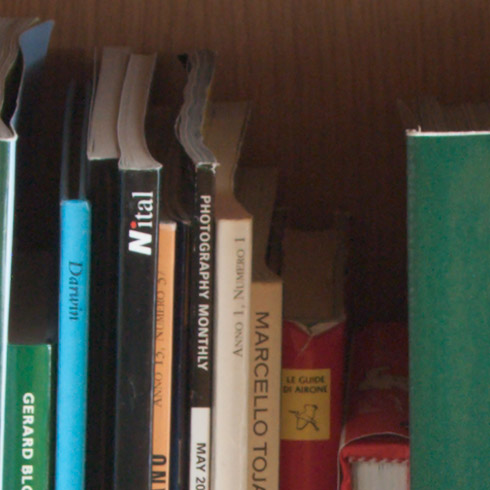 | � �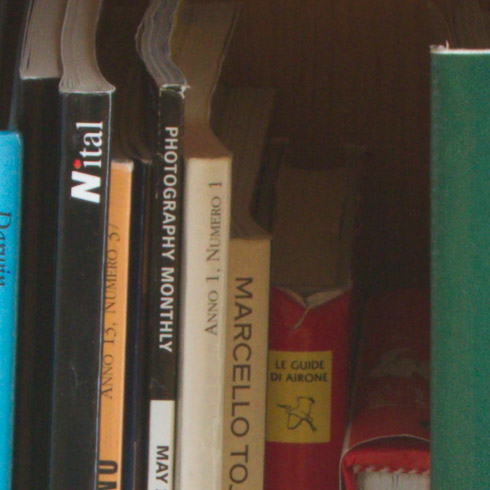 |
�
| �1600 | � �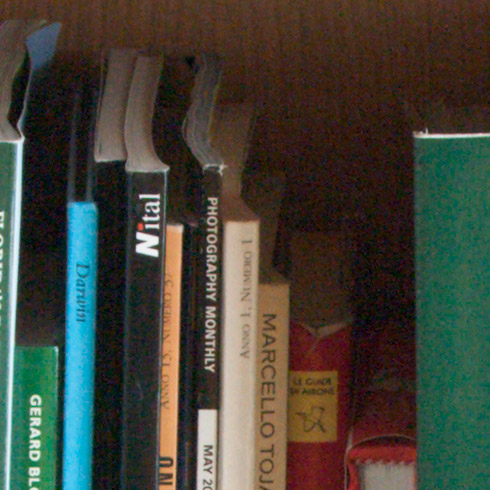 | � �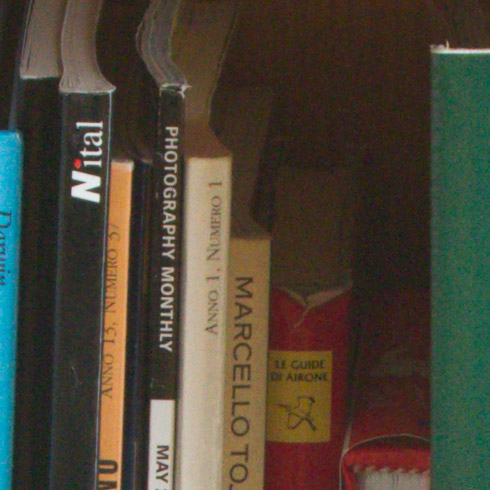 |
�
| �6400 | � �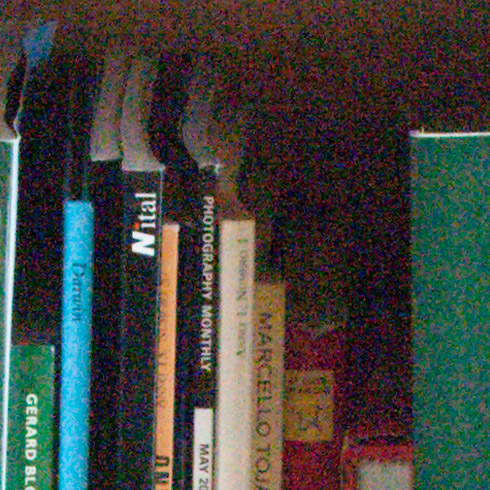 | � �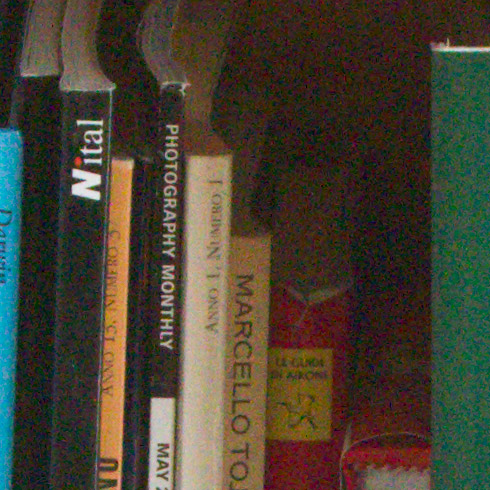 | �
�
The 7D wins, but the E-P1 is surprisingly good. Up to ISO 400, there is no difference in noise; the 7D has better image quality at the highest sensitivities, but even the E-P1 is fully usable up to ISO 1600, and even 3200 if you don't mind some noise. Olympus has done huge improvements in image quality in the last years, and the noise performance of the E-P1 does not disappoint.
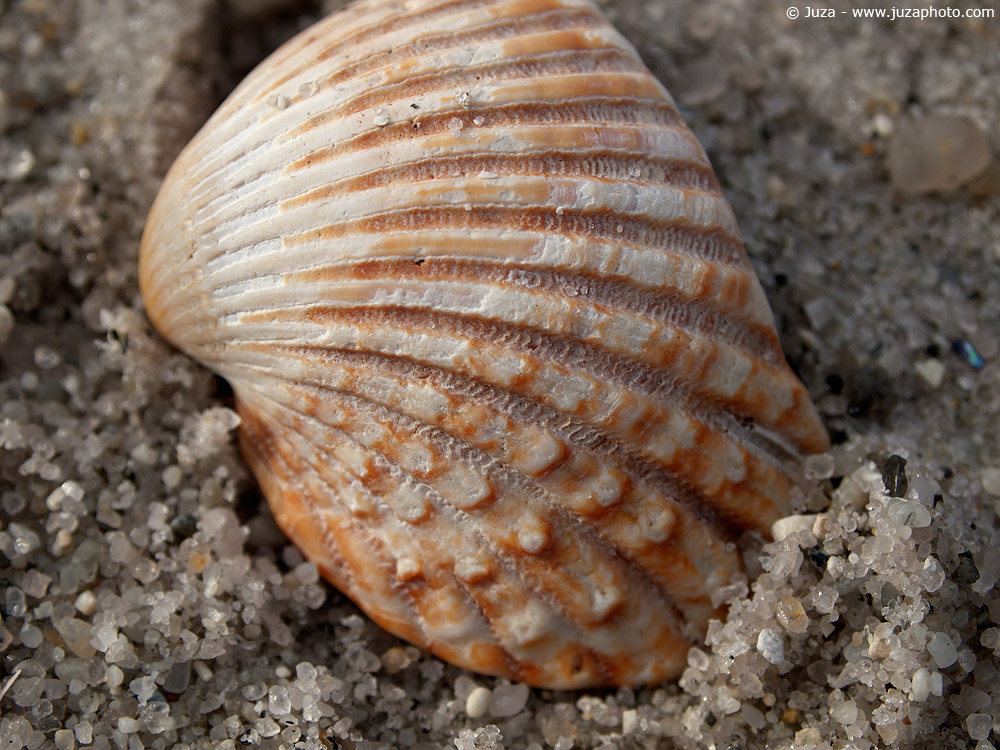
Photo taken with Olympus E-P1, Olympus M.Zuiko 14-42 f/3.5-5.6, 1/320 f/7.1, ISO 100, handheld. Click here to download full resolution!
Indeed, image quality is one of the strengths of the E-P1. The 12 megapixel sensor gives a lot of resolution even for large prints, and the kit lens 14-42 is pretty good, it is surprisingly sharp and it has an impressive macro capability. The noise is well controlled, as shown in the previous test; dynamic range is much better than the DR of a compact camera, while it is slightly worse than the majority of DSLRs - but I'd say it is about 1 stop of difference, and you won't have problems if you don't overexpose (there is not much margin of recovery into highlights). My only real complaint here is the 4:3 aspect ratio: I really prefer the "classic" 3:2, even though this it my personal taste.
Conclusion
The Olympus EP-1 is a good camera for those who want the image quality of a reflex, in a much more compact package. It has some limitations - so-so autofocus, lack of viewfinder (now fixed with the E-P2), 4:3 image format (question of personal preferences). On the other hand, it has a competitive price, it has in-camera image stabilization, it is really compact (even though it is a bit heavy), it has professional built quality and a lot of features.

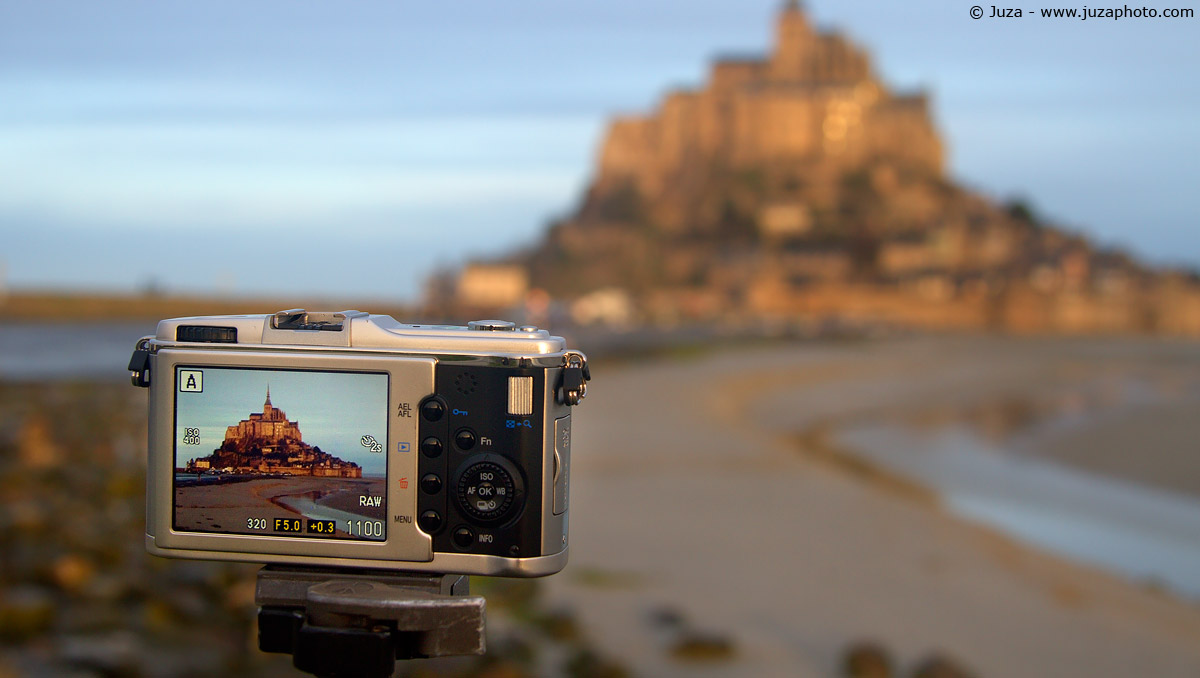











 JuzaPhoto contains affiliate links from Amazon and Ebay and JuzaPhoto earn a commission in case of purchase through affiliate links.
JuzaPhoto contains affiliate links from Amazon and Ebay and JuzaPhoto earn a commission in case of purchase through affiliate links.